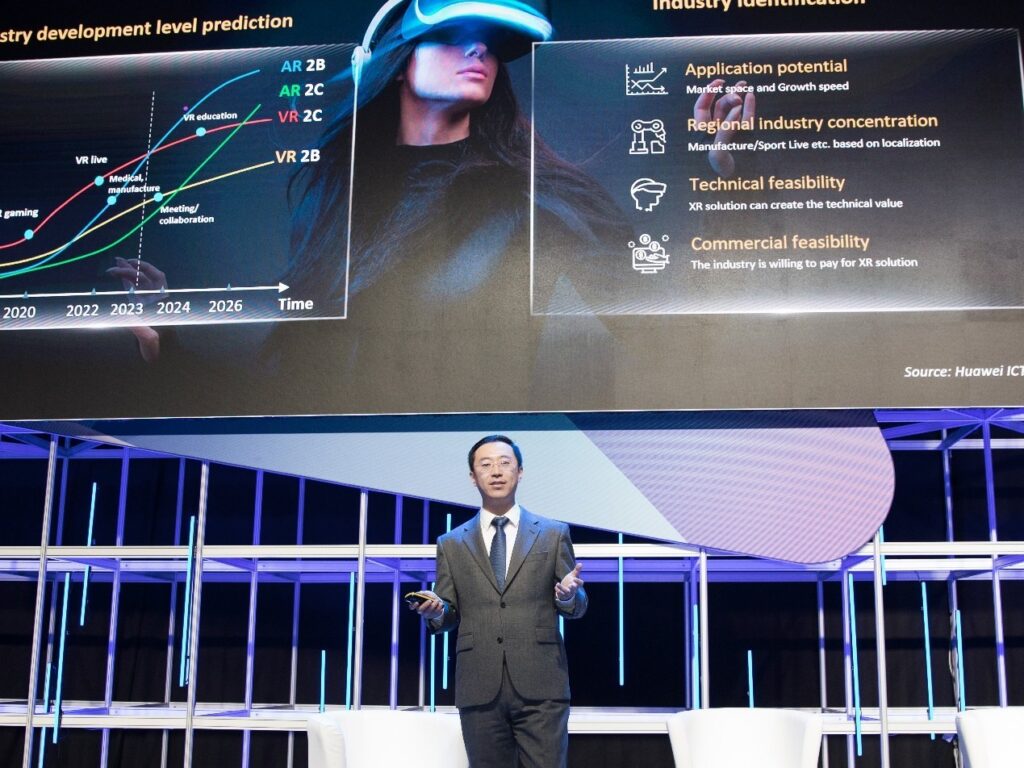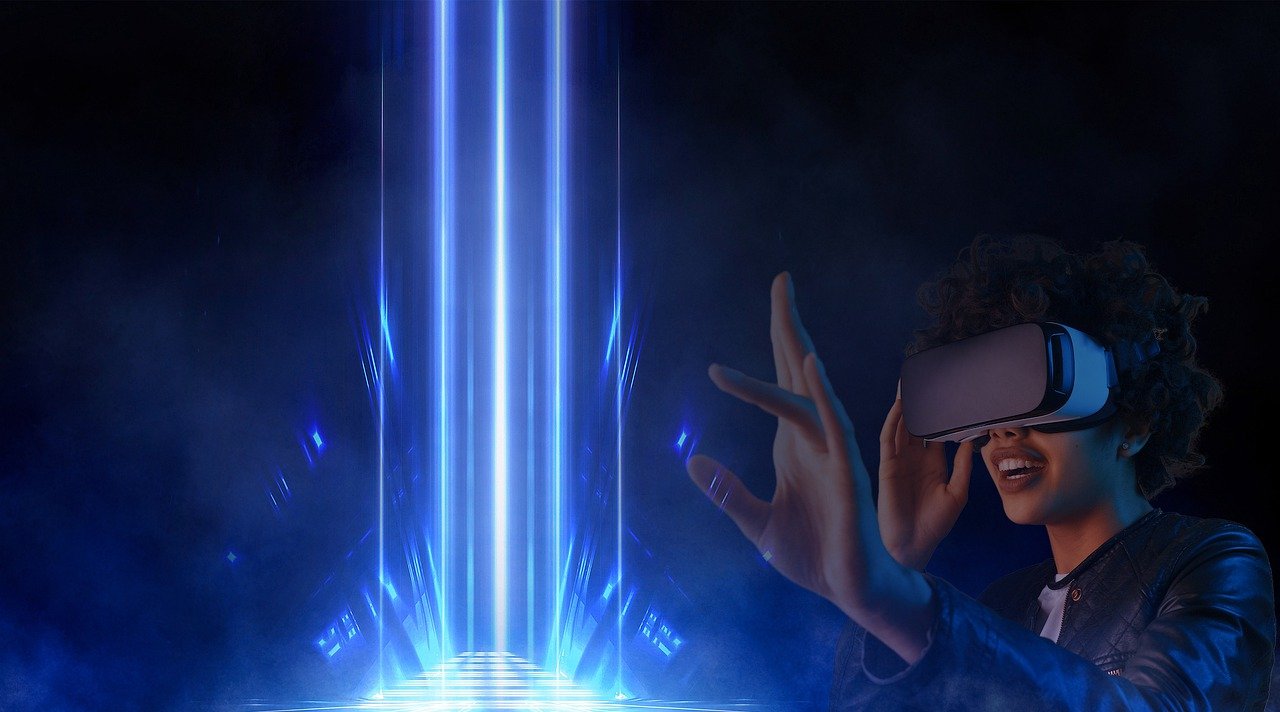Huawei reveals a new Moore’s Law for the XR Industry at MWC22.
BARCELONA, Spain, March 1, 2022 – Huawei Carrier BG’s Chief Marketing Officer Philip Song delivered the keynote address “5G+XR: Bringing Imagination into Reality” during the 5G: Connecting Virtual and Reality event at MWC22 Barcelona. He unveiled the industry’s “new Moore’s Law” and gave insights on the XR sector in it. He urged carriers and industry partners to act now to take advantage of the 5G+XR prospects.
The potential of the XR industry
At the event, Song introduced how Huawei held VR-enabled annual meetings and uses AR to assist with 5G base station delivery. Huawei and third-party data shows that the XR market will generate US$1.5 trillion in GDP by 2030, which is roughly equivalent to the current 5G market.
Song added that many vendors are now producing XR devices for under US$300, making the technology cheaper while still providing next-gen user experiences, comparing the XR sector’s success to how the smartphone business developed. XR development tools are becoming more popular. Almost every major hardware, platform, and engine provider now supports the new OPEN XR standard, making multi-platform deployment viable without extra rounds of development.

What’s more notable is that a number of global XR pioneer carriers have recently achieved commercial success. Carriers in countries such as South Korea, Thailand, and China have led the deployment of VR/AR services and seen considerable returns through three steps: industry selection, business model development, and capability development. “If XR was launched three months later, it might take three years to catch up,” a carrier remarked.
Huawei reveals a new Moore’s Law for the XR Industry
At the event, Huawei revealed a “new Moore’s Law” for the XR industry to guide capability expansion for carriers and industry partners.
Traffic demands for popular XR content double every 18 to 24 months. In the next 2 to 4 years, high frame rate 12K or even 24K XR content will become more common. This kind of premium content will consume network bandwidth and cloud resources at an exponential pace.
Cloud service capabilities also double every 18–24 months to significantly reduce the production costs of XR content. Huawei’s Cloud XR service is a prime example of how this kind of expansion can be achieved. Through Cloud XR, Huawei has made available multiple cloud-based capabilities like large-scale 3D mapping, all-scenario adaptive spatial computing, and digital human rendering with precision hair models that allow for up to 100,000 strands of hair.
This new Moore’s Law is designed to guide innovation within the XR industry and to build a foundation for XR development. Huawei itself has been following the guideline. In terms of XR devices, Huawei launched its next-generation, innovative AR-HUD, expanding XR applications. In terms of XR data transmission, Huawei presented innovative solutions such as 5G Massive MIMO and FTTR. The company has publicly committed to supporting a “Gigaverse” that provides ubiquitous gigabit access to support XR experiences anytime, anywhere. Huawei also launched its “Cloud-network Express” solution to help XR industry partners quickly access multiple clouds and use cloud-based development and rendering capabilities.
As he closed out his presentation, Song called on industry partners to work together in line with the “new Moore’s Law” and seize this great development opportunity for the XR industry, saying “Let’s act now to win the future.”
SOURCE Huawei

